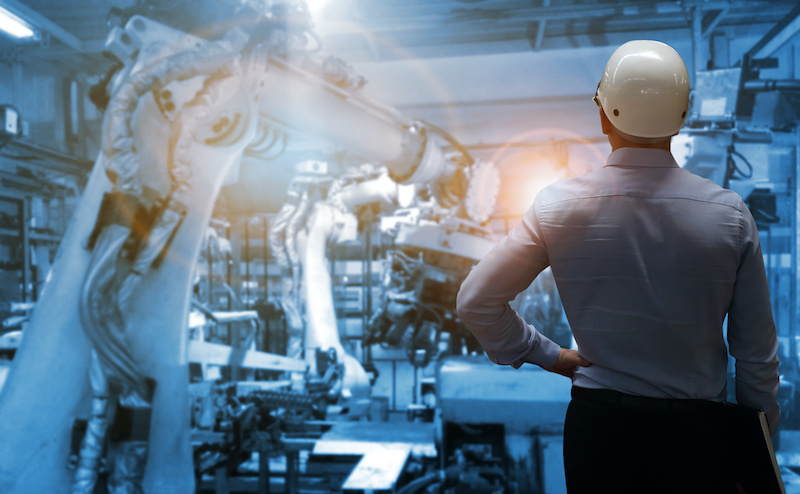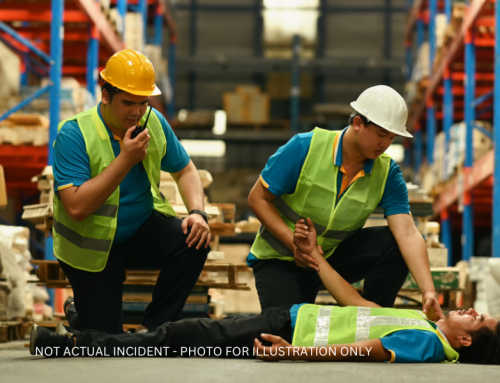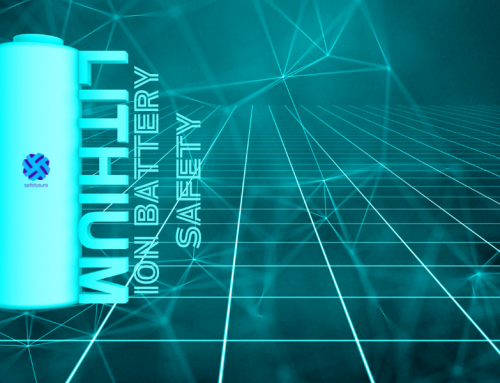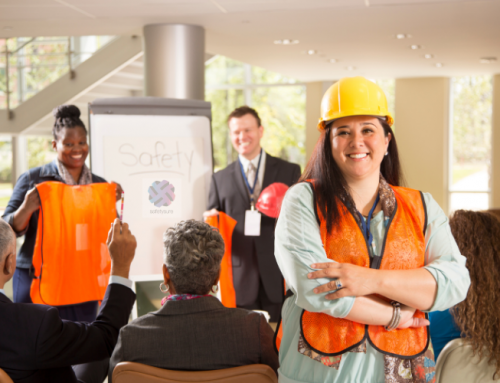Now that the world is slowly re-opening industries to enable the recovery of badly hit economies and save jobs, the key question remains on how best to move forward in automating as much as possible, while retaining jobs, and keeping facilities and employees safe? Safety and cybersecurity expert Friedhelm Best, Vice President Asia Pacific, HIMA shares his thoughts with Safetysure.
Safety and automation go together
Industrial plants, including those of major hazards installations such as petrochemical, chemical and nuclear power plants, are increasingly automated, with human operators at the helm of controls and oversight, while maintaining a high level of safety and cybersecurity, especially in the highly connected world.
There is now an increasing need for large and smaller plants alike, to automate while catering to safety regimes to protect human lives. The Singapore Safety Regime is one such example of a national recommendation for safety case deployment.
As the COVID-19 crisis exacerbated the need for remote working, especially in highly populated city states like Singapore, or other dense metropolitan areas. It is imperative to plan for regulatory compliance or meeting best practices in industrial safety and cybersecurity, while also catering for efficiency and profitability.
You might like to read this content on Safety Sensors
Future-proofing is the key
In a typical lifecycle of a factory or plant, it is envisaged that it should last at least 30 years or even up to 50 years or longer.
But, all things do deteriorate over time, at different rates. Safety controllers, used for emergency shutdowns and other safety-related functions, can be critical to a safe factory and plant operation, and need to be especially monitored for aging. For plants that have implemented automated safety controllers containing electronic components (known as safety instrumented systems or SIS), the maximum lifespan for such electronic devices may be up to 20 or so years, which means that in the safety lifecycle of a plant, there will be times when such SIS will need to be updated, changed or modernized for newer versions.
Safety controllers, used for emergency shutdowns and other safety-related functions, can be critical to a safe factory and plant operation, and need to be especially monitored for aging.
Let us not forget that there are also times when compliance, standards and technologies change and obsolete components need to be replaced. Nothing is meant to last forever. With the increasing frequency and complexity of cybersecurity attacks on plants and infrastructures, the need for hardware components and scalable and remote-capable software to provide for a current and future-proof cybersecurity defense shield around the plants is paramount.
Safety and cybersecurity | Four key questions to ask about limitations in your safety lifecycle
To reduce risks, and to protect your plant’s safety systems from obsolescence, there are some tough questions to ask.
1. Standards. Does your safety and cybersecurity system comply with the current industry standards such as IEC 61508 (foundation), IEC 61511 (functional safety) and IEC 62443 (IT security)? Are you carrying out periodical safety assessments on your systems? Do you update your safety requirements according to your operational experience?
2. Documentation. Do you have a management of change procedure available? Is your documentation updated accordingly and as required? When we talk about updates, are there any changes or innovations to the product or to the devices that you are using to improve operational continuity, safety and security, such as alerts, vulnerabilities, or available updates?
3. Expertise. Do your people have the expertise to react and mitigate failures, manage and maintain installations?
4. Components. Do your people keep track of the availability of spare parts and components for contingencies and ensure they are still viable? For example, electrolytic capacitors or relays that go through regular wear-and-tear may need to be monitored for viability, and refurbished or exchanged before they malfunction. Are your people able to find technology partners who can deliver spare parts for at least 10 years to protect your installations from emergencies?
If you can answer “Yes” to these questions, you are already equipped with the foundation to detect and react to automation and safety factors as you re-open your factory or plant. If not, this COVID-19 period may just be the window you need to plan for your next leap of automation and safety implementation.
Electrical contractors warned over segregation
Safetysure helps business manage safety risks including those posed through automation of technologies. Call us for a free chat how we can help your organisation manage the safety maze.







Leave A Comment